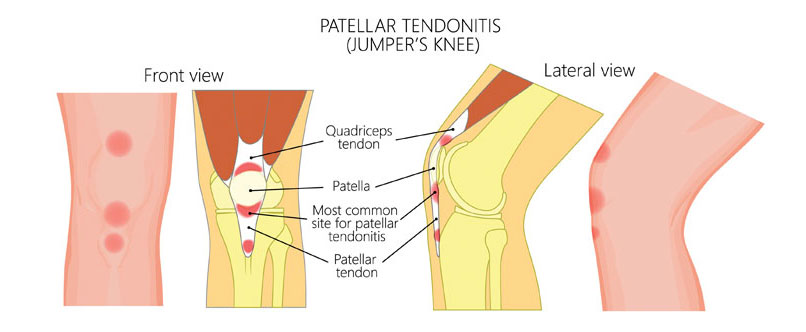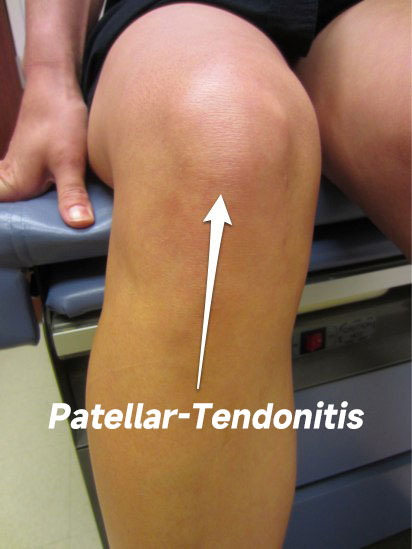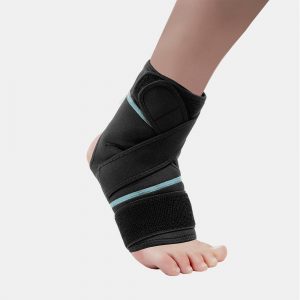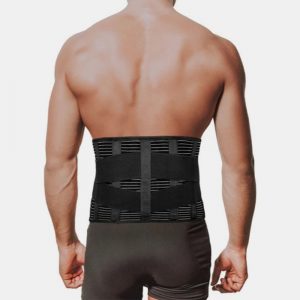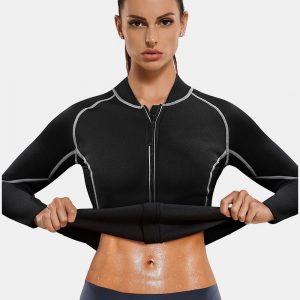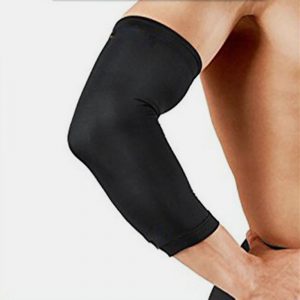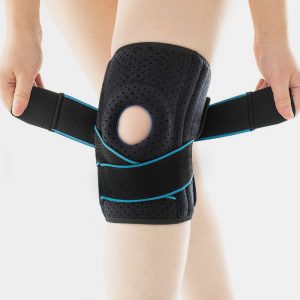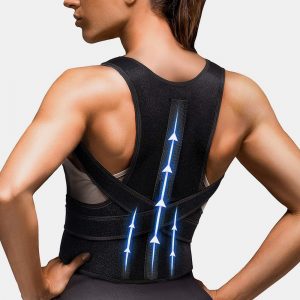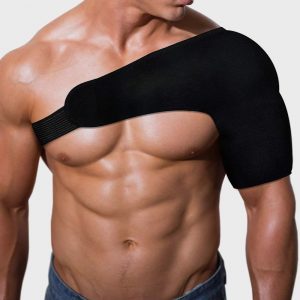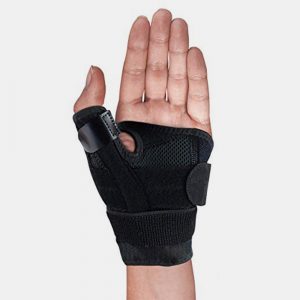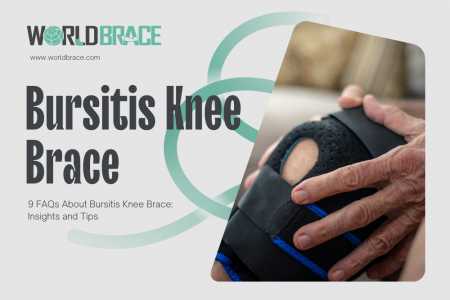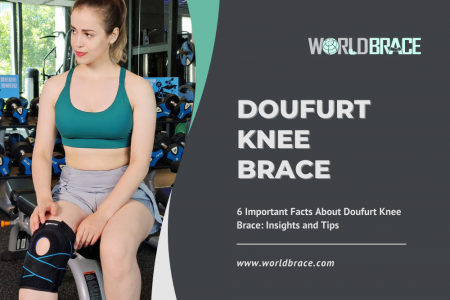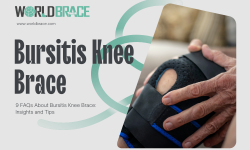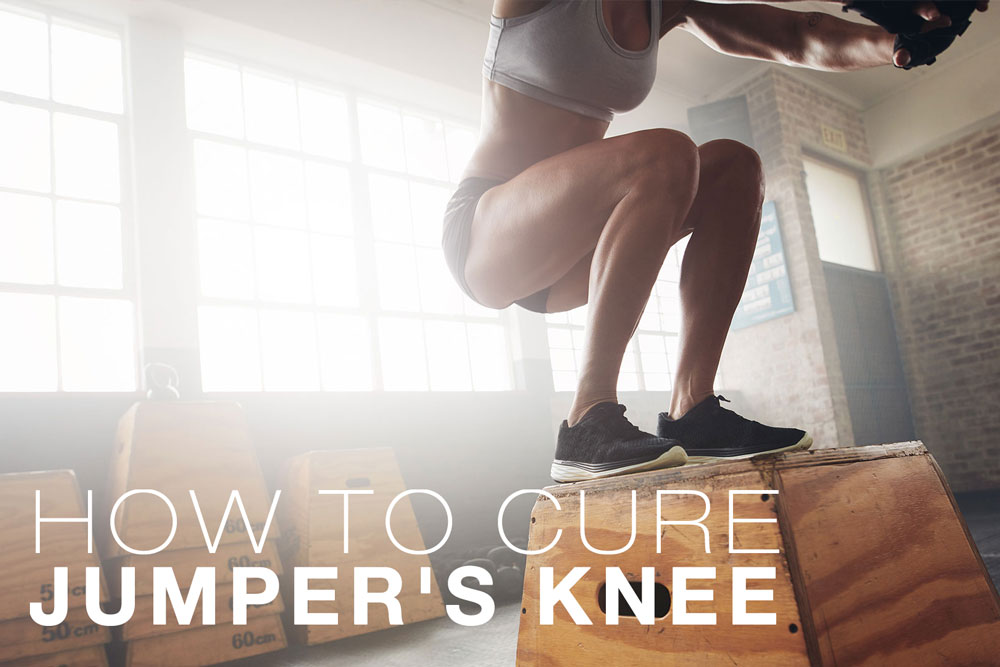
Table of Contents
What is Jumper's Knee (patellar tendonitis)?
Patellar tendonitis or Jumper’s Knee is a knee injury that mostly affects elite athletes. Activities that involve repeated movements can weaken the patellar tendon in the Knee. This injury may result in minor to severe pain.
Patellar tendon: Interestingly, the patellar tendon is a ligament, not a tendon. It helps connect the bottom of the kneecap (patella) to the top of the shinbone. This ligament provides essential stability by binding bones together. Moreover, it plays a role in the movement of thigh muscles and nearby connective tissues. Without the Patellar tendon, we can’t straighten our knees or even jump.
Patellar tendonitis occurs as a result of inflammation and irritation in patellar tendon tissues. Usually, this knee injury affects athletes at the peak of their game. Knee pain (minor to severe) is common in this injury. If no proper treatment is given, the pain, soreness, and irritation can increase. This can lead to poor athletic performance. In the worst-case scenario, this injury may stop a person from participating in any physical activity. Jumper’s Knee is another term for Patellar tendonitis.
How much time does Patellar tendonitis take to heal?
Healing is not a fast process. It takes time. Your recovery from Patellar tendonitis depends on various factors. These factors are specific to the patient. In minor cases, your body starts feeling better after some weeks. For severe patellar tendonitis, however, chronic pain can stay for a longer time.
You should not rush when you are in recovery. If you try to push your body before it is fully recovered, you may end up damaging your tendon tissues. Consequently, your recovery process may take more time than expected.
What does patellar tendon pain feel like?
With the passage of time, the symptoms of Patellar tendonitis get worse. Initially, you may experience only minor pain. Discomfort, however, may only occur after physical activity. Physical activity also increases the intensity of pain. Suitable treatment shall be provided; otherwise, patellar tendonitis can cause weakness in the body. The symptoms of this injury can even make daily routine tasks hard and painful. A person may have trouble performing basic tasks such as standing, sitting, and climbing.
How to stretch and strengthen the patellar tendon?
Strong thigh muscles can overcome the stress that causes Patellar tendonitis. Therefore, you should work on your thighs in order to reduce the chances of a knee injury. Eccentric exercises are very helpful in this regard. In these exercises, you are required to lower your leg after extending your Knee.
Before using new exercise equipment, you should get professional instructions.
patellar tendonitis Pictures
How to treat Patellar tendonitis?
The treatments of Patellar tendonitis mainly focus on strengthening the soft tissues in your Knee. The primary goal is to manage the symptoms of this injury. In less serious cases, your healthcare provider may ask you to try conventional treatment therapies such as rest. These measures can help manage pain in case of minor knee injuries.
If the symptoms still don’t go away, your provider may recommend the following treatment options:
Take it easy: Avoid activities that make your symptoms worse. Movements during pain may cause more damage to the tendon tissues.
Rest: Rest is important for your body because it gives you time to heal. Keep yourself at rest as much as you can.
Apply ice: Placing an ice pack on the area which is experiencing swelling may reduce inflammation.
Take pain relievers: You can manage minor knee injuries with over-the-counter anti-inflammatory medicines.
Try physical therapy: Some special exercises and stretches can help boost the strength and flexibility of your defective tendon tissues.
Use Knee Braces: A knee brace can help you manage your knee pain. Leading health experts recommend the custom Knee Braces by Worldbrace.
Will a knee brace help Patellar tendonitis?
In some cases, Patellar tendonitis can be cured with a technique famously known as RICE: rest, ice, compression, and elevation. In most cases, the pain caused by the jumper’s Knee goes away with the help of a Knee Brace. These braces are made with neoprene, a stretchy elasticated material. They stabilize and protect the damaged Knee, thereby giving broken ligaments enough time for recovery.
The nature of your injury will determine which Knee Brace you need. Medical expert custom knee braces designed by Worldbrace. In addition to providing support after a knee injury, Worldbrace braces also prevent further damage to your Knee.
How to Fix Patellar Tendonitis (No More KNEE PAIN!)
faq
Can you cycle with patellar tendonitis?
You can’t perform cycling while struggling with Patellar tendonitis. The recovery demands rest.
Can flat feet cause patellar tendonitis?
No. Patellar tendonitis isn’t caused by flat feet. This injury mostly occurs during sports.

